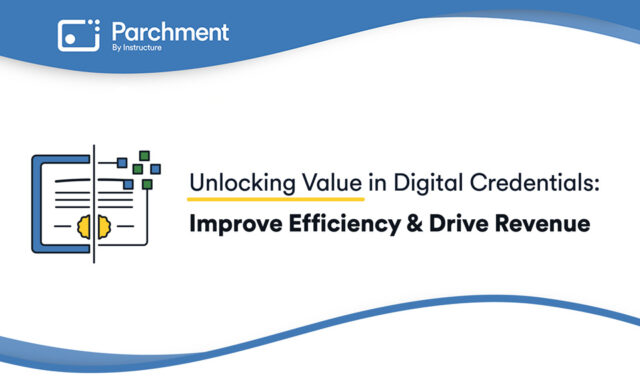For many high school students, taking advanced placement or “AP” classes is common. In fact, over 80% of high schools nationally offer at least one AP course, with many offering, on average, eight of the 38 AP courses available.
But taking AP classes is not the only way for high school students to earn college credit before they step foot on campus. Dual enrollment is another way that students can earn college credit while still in high school. While the policies surrounding dual enrollment vary state-by-state, 46 states have statewide policies governing at least one statewide dual enrollment program.
Why Dual Enrollment?
So why would a high school offer dual enrollment instead of AP courses? The reality is that it’s not a one or the other proposition. In fact, many schools offer both. However, there are a number of advantages that dual enrollment provides that AP courses do not.First, AP courses don’t give students a real college experience. Instead, they learn a college-level curriculum in a high school environment. The course is often taught by a high school teacher with high school-level support. And the other students in the class are also – you guessed it – in high school.
Dual enrollment, on the other hand, can be a more immersive experience. When the courses are taught on a local campus or online through the institution’s learning management system by a college professor, many of the students in class can be college students. Additionally, students are exposed to the jargon, rigor, and structure of a college course. And the expectations are college-level as well.
Second, dual enrollment potentially affords high schools the opportunity to expand their offerings beyond the 38 courses offered under the AP program. And this is a big plus for smaller school districts that have limited resources or limited numbers of students interested in a four-year college curriculum. For example, they could offer nursing, coding, or HVAC courses. And this opens up the opportunity to earn college credit to a larger number of students. And it helps the college or university increase their enrollment, too.
And that brings us to the last advantage. Dual enrollment boosts enrollment for colleges and universities, many of whom are struggling to meet enrollment goals. And, it can help smooth the transition for students as they enter college, making it less likely that they will stop out or drop out. This is really important for first generation students who don’t have a parent with college experience to guide them through the ins and outs of adjusting to college. By experiencing college while still in high school, they have a support structure in place that will help them navigate the transition before they step foot on campus.
A Manual Headache for Students and Administrators
Currently, dual enrollment is a very manual process for all stakeholders, including the students, the high school, and the college or university. It consists of paper forms, handwritten signatures, phone calls, and emails just to get a student enrolled in a course. It’s a headache for students – and an even bigger headache for administrators.
Here’s what it currently looks like:
- The high school student meets with the school counselor to understand what courses are available
- The student picks up a paper form to start the enrollment process
- The student completes and asks their parent/guardian to sign it
- The student returns the form and the school counselor signs it too
- The counselor “sends” the form to the college, often via email
- The college Registrar’s office double checks the form by hand, removes any PII, and manually enters the student into their SIS
- The Registrar’s office manually registers the high school student for the selected class
See what we mean by manual?
And then, if the student needs or wants to drop the class, the student or their school counselor must call the Registrar’s office to process the drop by hand. This type of manual work is not only tedious, but it’s also error prone and takes a lot of time. And during that time, classes fill up, which means the student needs to start the process all over again.
Automating the Dual Enrollment Process
But with Parchment’s dual enrollment solution, all of that changes. Parchment automates the manual workflows associated with dual enrollment. Our dual-enrollment solution eliminates bottlenecks, saves costs, and allows both high schools and colleges to refocus resources on more critical tasks.
Here’s what the dual enrollment process looks like with Parchment:
- The high school student meets with the school counselor to understand what courses are available
- The student logs into the college dual enrollment course catalog using their high school account
- They explore curated courses for their school that are approved for them to take
- The student selects a class
- An email goes out to the parent/guardian, high school counselor, and the college asking them to approve the selection
- Approvals are all tracked and logged directly in the Parchment solution
- Once all approvals are collected, the student is automatically enrolled and registered in the college SIS
Not only does Parchment eliminate the paper forms and random emails, but it also reduces the likelihood of error. It also cuts the time to enroll from days to minutes, ensuring that the student can secure a spot in the course. And, it frees up resources in the Registrar’s office to focus on more meaningful work rather than manually registering students.
So as you can see, there are many advantages to dual enrollment for both the student and the institution. But manual processes restrict both the student’s and the institution’s ability to easily offer these types of programs. Using Parchment, colleges and universities can automate the process, making it easy for high school students to enroll and stay one step ahead in their educational journey.
Schedule a meeting below to talk about how you can streamline and scale your dual enrollment program!
Book a Demo




